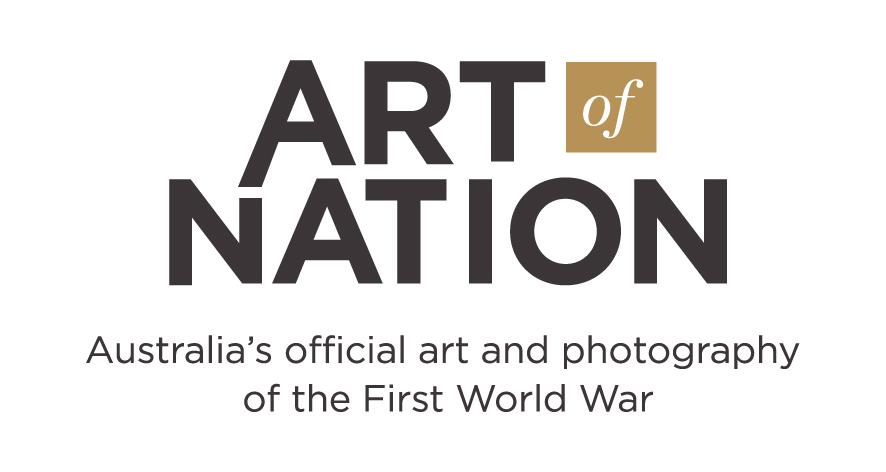Learn More

Learn More
A single sketch, drawn as he came home from the war in 1919, is all that represents how Charles Bean imagined the Australian “war memorial museum” would appear. This imposing neo-classical edifice would house the collection and provide a place to grieve and to understand the experiences of Australian servicemen and servicewomen. A massive central gallery would contain the Roll of Honour and large collection items, with wings on either side to showcase different collections. An entire gallery was to present history paintings by official war artists, depicting the Australian experience of the First World War. The Memorial building took another 20 years to be realised, and both the architecture and the collection displays were very different from Bean’s plan. It is now impossible to convey the full scale of what Bean had intended in a physical exhibition space.
In 2016 the Australian War Memorial partnered with Ortelia Interactive Spaces to present this building online: a navigable 3D environment to present the Memorial’s art collection according to Bean’s original curatorial vision (see Building Bean’s memorial museum for more information). This is the first time the Memorial’s First World War history paintings can be seen as he intended them to be displayed.
During the war, 15 artists were appointed as official war artists, either from among the Australian artists resident in London or from those already enlisted in the Australian Imperial Force. They were contracted to create 25 sketches in the field and then later commissioned to create large paintings of Australia’s role in the war, according to a list compiled by Bean. The commissions were not finished until the early 1930s, and the scope of the scheme meant that additional artists had to be employed (which is why not every artist in Art of nation has mapped field sketches).
The virtual photography gallery recreates the first major exhibition of Australian official war photography, Australian official war pictures and photographs, displayed in London in May 1918. This exhibition included works by the likes of Frank Hurley and Hubert Wilkins, who between them captured some of the most iconic images of the First World War. Hurley, however, is also widely remembered for his infamous composite images, made by exposing multiple negatives to create a single scene. This practice was criticised by Charles Bean as being “fake”, but despite this opposition Hurley was granted permission to create six composites for the exhibition. These images are featured here along with animations demonstrating how they were created.
No photographic records have been found of the London exhibition, so it has been recreated here using the original catalogue, shipping information, and photographs of other photography exhibitions at the Grafton Galleries. The captions and titles have been copied directly from the original catalogue, and supplemented where necessary with a contemporary description, distinguished by the inclusion of [curator’s note].
Some liberties have been taken with Bean’s floorplan, which was not large enough to contain all the paintings, nor was there enough space for the 1918 photography exhibition. The space Bean nominated for the archives has thus been used for the photography exhibition, while a foyer has been introduced to prevent the visitor entering directly into the galleries.
Digital visualisation and GIS technology have also been used to map the field sketches of the official war artists and photographers, allowing viewers to explore the landscapes of the First World War both then and now. This reveals the depth and complexity of the collection in a way not possible in a physical exhibition. Art of nation presents the journeys of the artists and photographers, and the creation of the Memorial itself, to invite engagement with First World War history and the Memorial’s collections.
More information about the creation of this project is available via the Memorial’s blog and the FAQ section.